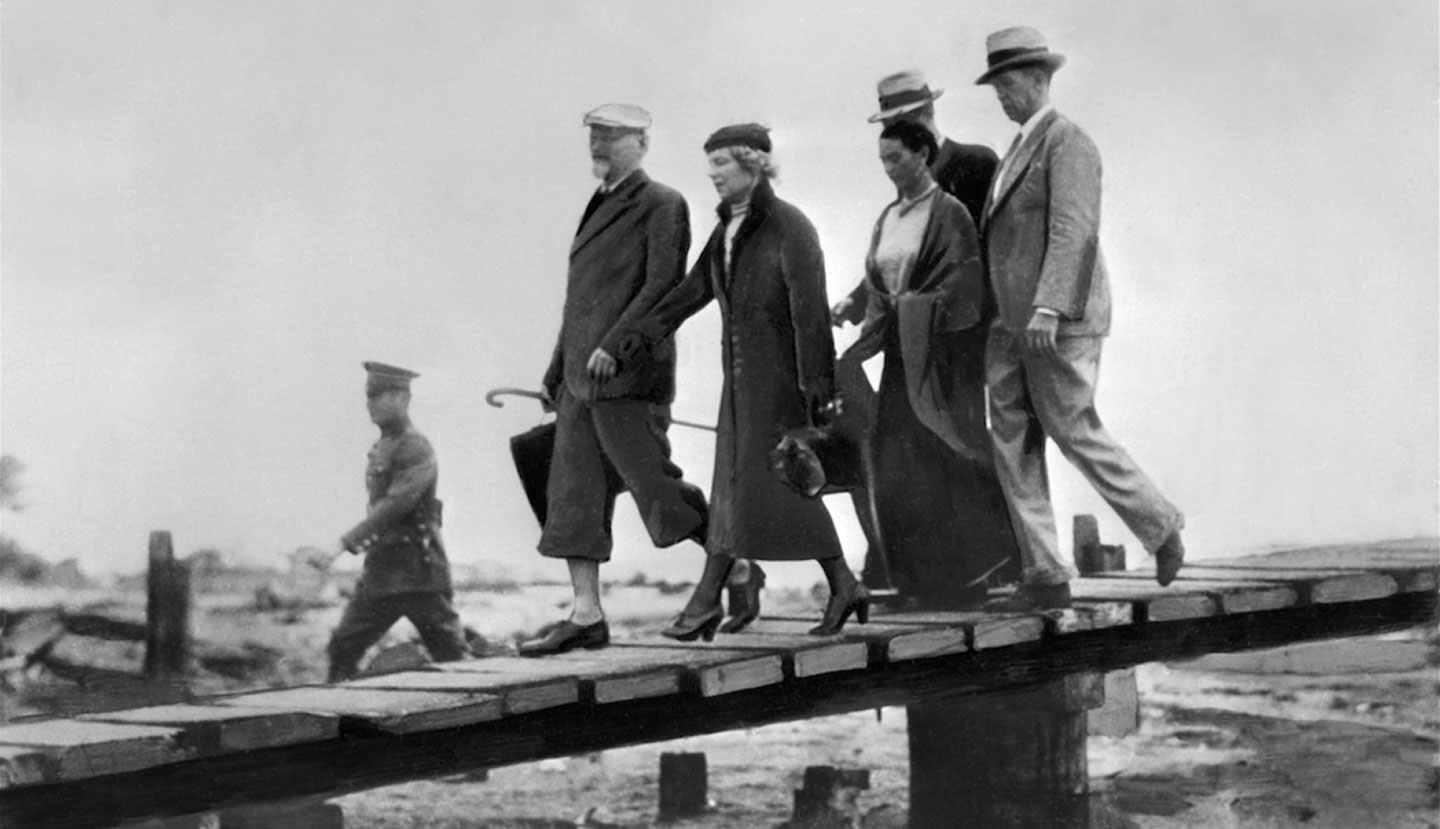Jean-Paul Sartre, L’existentialisme est un humanisme (Éditions Nagel, 1970), 58. All quotes from non-English sources translated by the author.
Sartre, L’existentialisme est un humanisme, 71.
Wassili Kandinsky, Uber das Geistige in der Kunst (Benteli, 1952), 78ff.
Nikolai Taraboukine, Le dernier tableau (Champ Libre, 1972), 69.
Sartre, L’existentialisme est un humanisme, 81.
Georges Bataille, Die Aufhebung der Okonomie (Matthes & Seitz, 1985), 175.
Martin Heidegger, Platons Lehre von der Wahrheit, mit einem Brief uber den “Humanismus” (Francke Verlag, 1947), 87.
Peter Burger, Theorie der Avantgarde (Suhrkamp, 1974), 66ff.
Heidegger, Platons Lehre von der Wahrheit, mit einem Brief uber den “Humanismus”, 54.
Jacques Derrida, Spectres de Marx (Éditions Galileé, 1994).
See Helena Lewis, The Politics of Surrealism (Paragon House, 1988), 146–47.
Leo Trotzki, Literatur und Revolution (Gerhardt Verlag, 1968), 110.
Trotzki, Literatur und Revolution, 112.
Trotzki, Literatur und Revolution, 138.
Trotzki, Literatur und Revolution, 184.
Trotzki, Literatur und Revolution, 116.
This text, originally published in German in 1996, is excerpted from the forthcoming book Boris Groys, Logic of the Collection, trans. Anne Luther (Sternberg Press).
